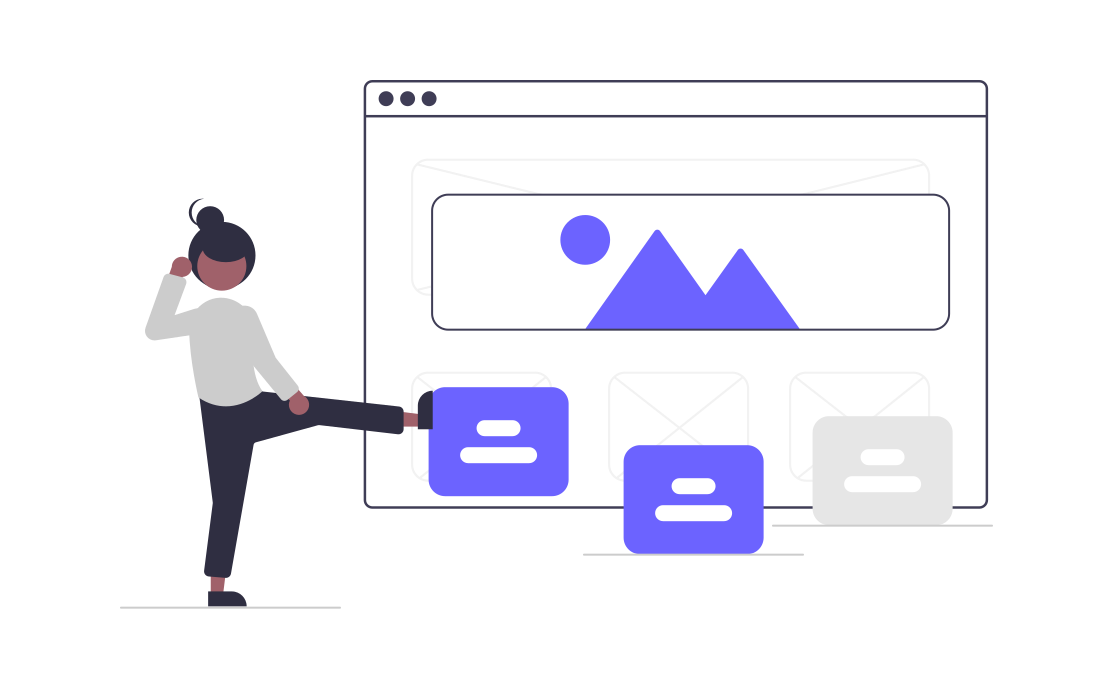Developing applications for Windows involves understanding the unique design paradigms, programming models, and tools provided by Microsoft. This overview synthesizes key insights from various research papers on the topic, focusing on Windows 8 and Windows 10 application development.
Windows 8 Application Development
Modern UI Design and UX
Windows 8 introduced a modern UI design paradigm, emphasizing a touch-based interface and immersive user experiences. Developers are encouraged to apply these design guidelines to create effective user interfaces that are consistent across different devices
Programming Models and Tools
The Windows 8 programming model includes new libraries and tools, such as XAML for UI design and C# for backend development. This model supports asynchronous programming and data binding, which are crucial for building responsive applications
Developers can use Visual Studio's toolbox, which includes common and specialized XAML controls, to build user interfaces efficiently
Integration and Connectivity
Windows 8 applications can consume services to bring data into the app and use the cloud to share data and settings across multiple devices. This integration extends to Windows features like Search and Share menus, enhancing the app's functionality and user experience
Windows 10 Application Development
Universal App Development
Windows 10 introduced the Universal Windows Platform (UWP), allowing developers to create applications that run across a wide range of devices, including IoT devices, phones, tablets, laptops, desktops, Xbox, HoloLens, and Surface Hub
The Windows 10 SDK provides tools and templates to facilitate the development of these universal apps, ensuring they can dynamically support different display sizes and device capabilities
Advanced Features and Capabilities
Developers can leverage advanced features such as location services, accelerometers, and touch gestures to create rich, interactive applications. The platform also supports the development of media-rich applications that utilize the graphics capabilities of Windows devices
Deployment and Certification
App Packaging and Sideloading
Before publishing an app to the Windows Store, it is essential to deploy and test it on various machines. Developers can generate app packages from command prompts and sideload them onto devices for testing. The Windows App Certification Kit is used to ensure the app meets the necessary standards for publication
Publishing to the Windows Store
The process of publishing an app involves creating an app package, testing it thoroughly, and then submitting it to the Windows Store. This ensures that the app is ready for a broad audience and meets Microsoft's quality standards
Conclusion
Developing applications for Windows, whether for Windows 8 or Windows 10, requires a solid understanding of the design paradigms, programming models, and tools provided by Microsoft. By leveraging these resources, developers can create rich, immersive, and highly functional applications that run across a wide range of devices, ensuring a broad reach and a consistent user experience.










.jpg)






.png)
0 Comments